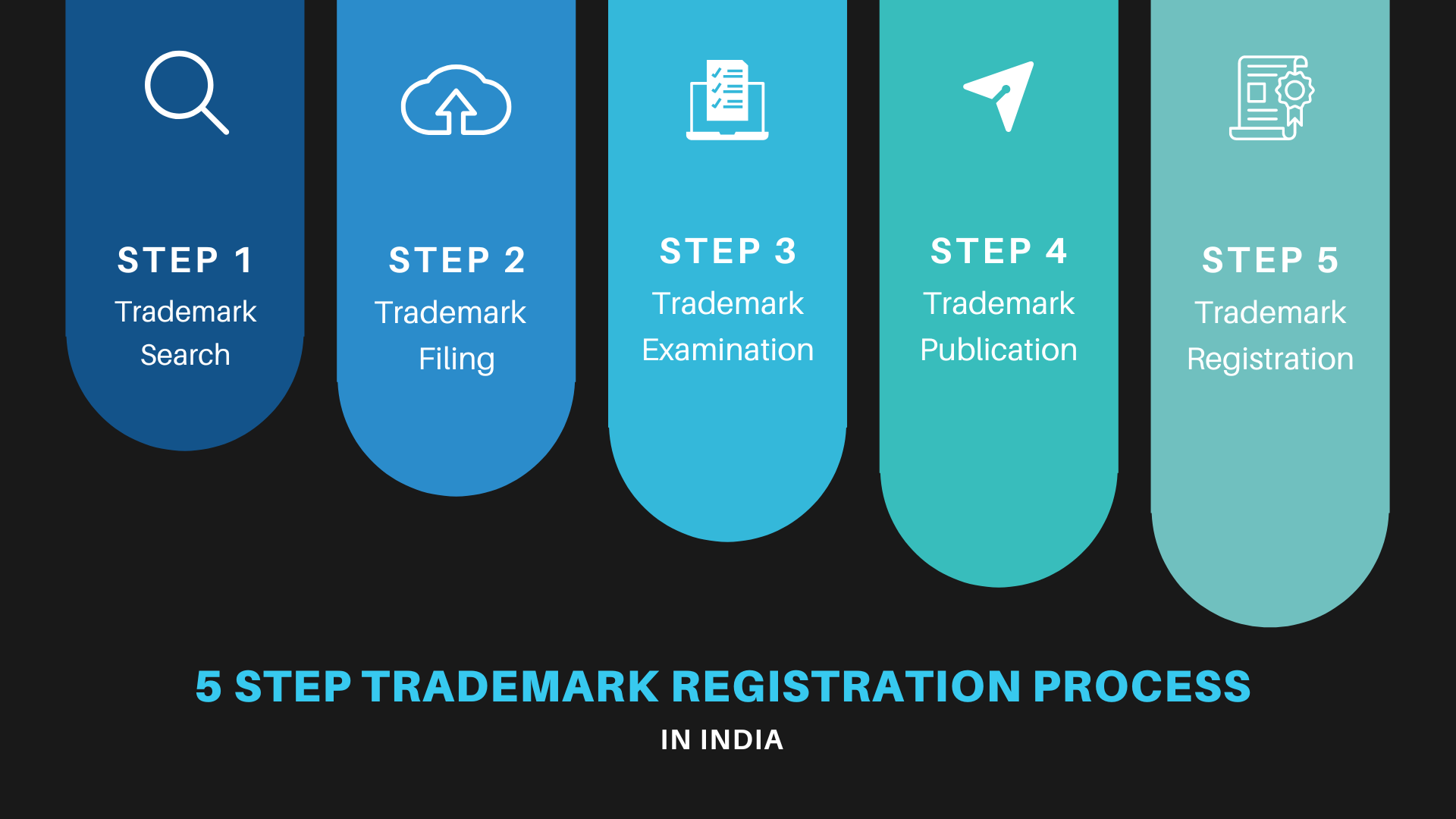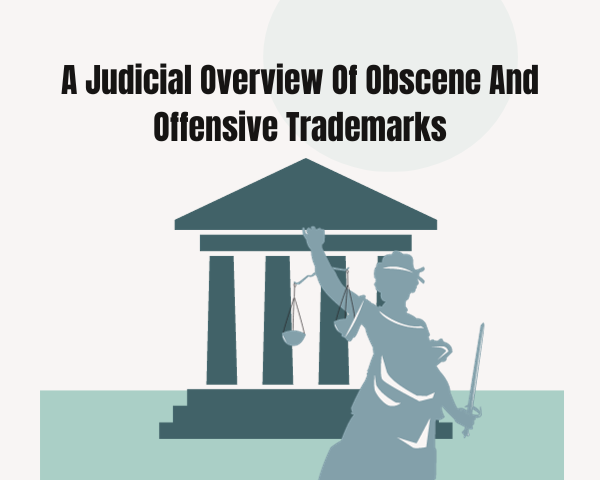Trademark Registration Process
As an entrepreneur or small business owner, you know the importance of building a strong brand. You invest time and money into creating a unique brand identity, and you work hard to build a reputation for quality and excellence. So it’s frustrating and infuriating when you see another business using your brand name without your permission.
Many times, trademark (TM) owners end up in protracted litigation because they did not register their brand name in India when the time was right. Therefore, knowing the procedure for trademark registration is the need of the hour.
The trademark registration process for the brand name is relatively simple, for you need to stop others from using your brand without your permission.
A few simple steps, as explained below, would give you the much-needed legal protection of your brand name registration in India.
-
Step 1: Trademark Search
The first step in the trademark registration process is conducting a trademark search. The trademark search is conducted for the word mark and device mark (image). The search is performed using your trademark and a class relating to your goods or service. Choose the right class for your trademark. There are 45 different classes of trademarks, so you’ll need to choose the one that best applies to your business.
This ensures that the applicant does not file a trademark that is similar to the existing trademarks.
Many entrepreneurs do not comprehend the importance of a trademark search. Having a unique brand name in mind is not a good enough reason to avoid a trademark search.
Therefore, a trademark search helps you know if there are similar trademarks exist, giving you a fair picture of where your brand stands. Sometimes, it also gives you a forewarning of trademark litigation. Therefore, one can state that trademark search is indeed one of the most important steps in the entire trademark registration process.
Why waste your money in time-consuming trademark litigation later when you can choose to avoid it in the first place?
-
Step 2: Filing Trademark Application in India
After you are sure that your chosen brand name or logo is not listed in the Trademark Registry India, you can opt to register. The first step is to file a trademark application form at the Trademark Office, India.
The application must include the following information:
-The name of the applicant
-The name and address of the business
-The list of goods and services for which the trademark will be used
-A copy of the trademark
-The date of first use of the trademark
The Indian trademark offices are located in Chennai, Delhi, Mumbai, Kolkatta, and Ahamadabad. The jurisdiction of the office depends on the address of the Applicant. In the case of an international applicant, the jurisdiction depends on the applicant’s agent’s or attorney’s address. It is important to note that a trademark application needs to be filed at the appropriate jurisdiction; if not, there exist chances of the trademark application being refused by the Registry.
Nowadays, trademark filing is mainly done online. Once the application is filed, an official receipt is immediately issued for future reference. Further, you can see the trademark status of your application instantly online.
-
Step 3: Examination
After a trademark application is filed, it is examined by the examiner for any discrepancies. The trademark examination might take around 1-2 months. The examiner might accept the trademark absolutely, conditionally, or object. The examiner may raise objections under either Section 9, Section 11, or both. The examiner may also raise objections under formal requirements. For example, incorrect or insufficient filing of documents can also be a ground for objection, which may delay the trademark registration process. As per the trademark rules, a month would be given to fulfil the requirements or respond to the objections.
If accepted unconditionally, the trademark gets published in the Trademark Journal. If not accepted unconditionally, the conditions to be fulfilled or the objections would be mentioned in the examination report. As per trademark rules, a month would be given to fulfil the requirements or respond to the objections.
Once such a response is accepted, the trademark is published in the Trademark Journal. If the response is not accepted, one can request a hearing. If the examiner feels that the trademark should be allowed registration in the hearing, it proceeds for publication in the Trademark Journal.
-
Step 4: Trademark Publication
The publication step is incorporated in the trademark registration to provide an opportunity for others to oppose the registration. So, anyone who wishes to object to the trademark registration has the chance to oppose the same. If, after four months from publication, there is no opposition, the trademark proceeds for registration.
If, however, a person has filed an opposition, the applicant needs to reply with a counter statement within two months. Subsequently, both parties can submit their evidence by way of an Affidavit. Finally, the Registrar decides the order after hearing from both parties.
If the Registrar decides in favor of the applicant, then the mark proceeds for registration.
-
Step 5: Registration Certificate
Once the application proceeds for trademark registration, following publication in the Trademark Journal, a registration certificate under the seal of the Trademark Office is issued. The trademark proprietor can obtain a certified copy of the registration certificate by placing a request to the Registrar. After registering the trademark, the proprietor can start using “R” above his mark.
The brand owner can renew the trademark perpetually after every ten years. Hence, the proprietor can protect their logo or brand name registration forever.
As seen above, the trademark registration process does not require much effort, and it is a simple process but is very important for brand name registration.
We at Intepat can help you with the trademark registration process without worrying about deadlines and responses. Hence, understand the power of your brand name registration and take steps to protect it today.




